018. Nature Wants You to Have a Good Posture
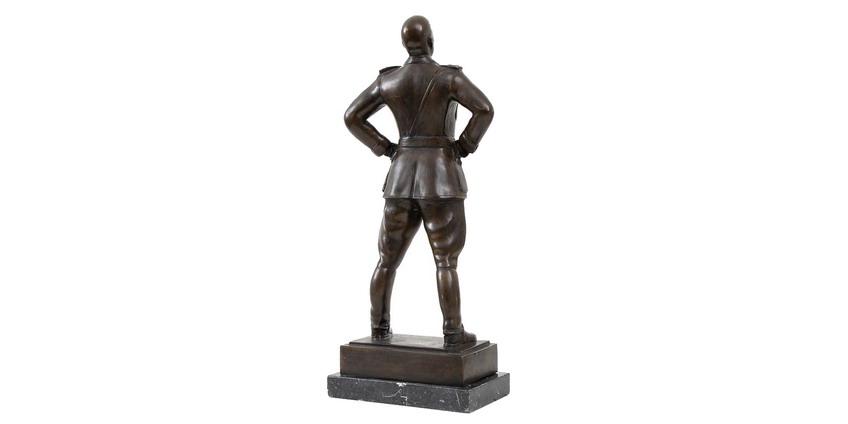
If you walk, squat and lift heavy objects, your posture will be perfect.
Having a good posture and standing straight is natural, healthy and beautiful. Good posture projects power and dominance. Good posture is sexually attractive. Unfortunately, modern humans quite often suffer from numerous muscle weakness which can result in poor body posture and eventually, in permanent skeletal deformities. Strengthening weak muscles to prevent deformities is possible and probable, especially in adolescents and young adults. There are 3 common conditions that have direct influence on posture:
- Pes Planus: aka flat feet, caused by weak foot and calf muscles.
- Genu Valgum: aka knock knees, caused by weak leg and hip muscles.
- Thoracic Kyphosis: aka slouching, caused by weak back muscles.
These conditions can be easily prevented in advance, stopped in progressing further and even fully reversed, with specific strength training and activities.
Pes Planus
Ever since the modern humans started walking less, their foot muscles got weaker and weaker. Instead working in the fields and farms, people are now working in factories and offices, which means standing or sitting the whole day. Children are sitting for hours in school, as well as at home, usually playing games on the computer. Beside walking less, wearing footwear is additional problem. Thick soles are preventing natural movement of toes and ankles, which in turn causes muscle atrophy. When foot and calf muscles become inactive and weak, foot arch can not be supported anymore and the result is condition called pes planus, also known as flat feet.
Solution to this problem is quite logical and obvious - walk more! Walking is probably the most natural human activity of all. Neglecting such a fundamental body motion could be very dangerous for health in numerous aspects. Due to importance of walking, it must be practiced regularly. Whenever possible, walk barefoot. If walking barefoot is not possible or there is a danger of injury, choose footwear with thin soles. For example, try neoprene socks used by divers, water shoes or beach shoes. Be aware that thorns can easily penetrate through this type of footwear, so wear something more substantial in wooded areas.
If you didn’t practiced walking for a long time, start walking for a few minutes every day, to get your body adapted. Try to prolong walking times and distance every week. When you get used to regular walking, switch to 5 miles walk once a week or at least once a month, which would be a bare minimum for everyone who wants to stay healthy.

Beside walking on the flat ground, occasionally walk on uneven terrains to wake up all tiny muscles in your feet. Sandy and pebble beaches represent an ideal surface for this purpose, so always walk barefoot on beaches. Mountain trails are harder and riskier, but you should take a cross country hike from time to time. To simulate uneven terrain at home, you can practice heel walk and toe walk.
Good posture starts at the feet level. Only strong feet can provide a stable basis for the body to stand straight. Without strong feet you won’t be able to efficiently perform basic natural movements, like walking, running, jumping, load carrying, etc. Weak and flat feet can cause many other problems and deformities throughout the body, so importance of keeping your feet strong is enormous.
Genu Valgum
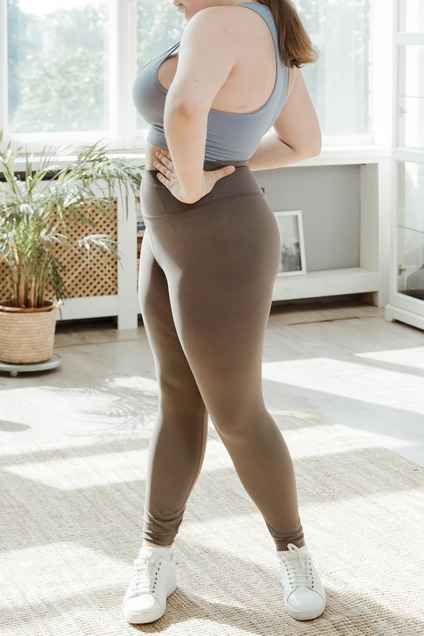
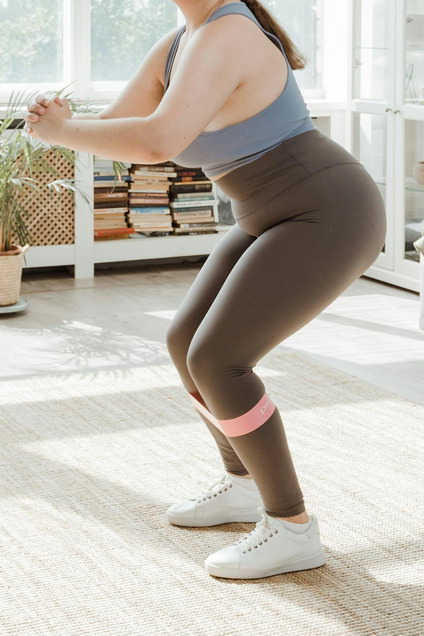
This deformity, also known as knee valgus and knock knees, can be caused by genetic factors, skeletal deformation, metabolic disease, obesity, injury, but quite often the cause is simple - weak legs and hip abductors (gluteus minimus and gluteus medius). Knee valgus is one of the most common leg deformities among young population and manifests with knees caving in or medially collapsing during standing, walking and squatting. While it may not be present in standing position and not so obvious in walking, it will clearly show up in squatting, especially under the heavier load. This clearly implies specific leg and hip weaknesses, which sometimes disappear without any treatment. However, with regular strength exercises, knock knees could be corrected completely or at least to some degree.
The best exercises for correction of knock knees are:
- Deep squat with knees wide apart and circular rubber band around thighs.
- Forward squat walk with knees wide apart and resistance band around ankles.
- Lateral squat walk with knees wide apart and resistance band around ankles.
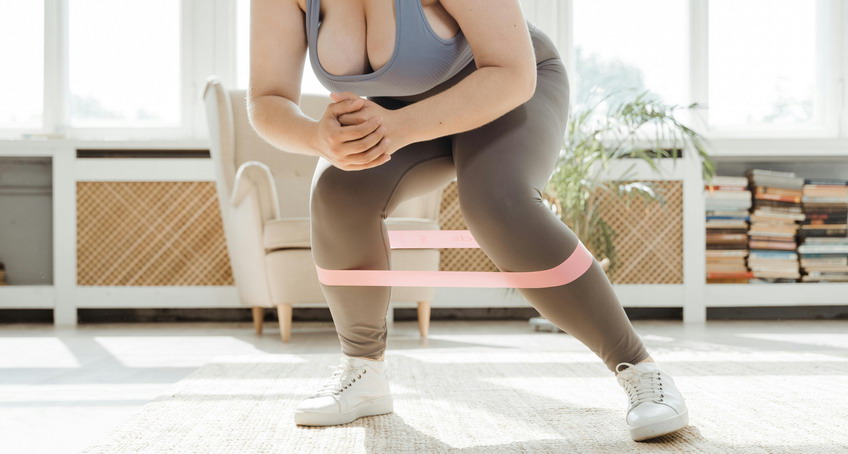
These are light correctional exercises and certainly won’t make you strong and powerful. Practice them often and over long period of time to schieve results. During execution, try to place weight on the outer edge of the foot and pay attention on keeping feet arched all the time. This will help with correction of flat feet as well, because flat feet and knock knees are often manifested together. Just like with any other deformity, it would be the best to start correction exercises as early as possible, preferably in the childhood. While there are many other exercises for knee valgus, they probably won’t be effective as those described above, but you are free to try them out.
Thoracic Kyphosis
Slouching is a new normal among youngsters, especially since the cellphones became their obsession. Everyone who spends hours sitting and looking at the phone screen, will at some point get a pronounced forward curvature of the spine and excessively rounded upper back. If not treated on time, slouching can result in serious medical condition called thoracic kyphosis. Fortunately, this deformity can be easily prevented, halted from advancing and even reversed. All you have to do is to strengthen weak back muscles, particularly the spine erectors. Of course, you must always pay attention on forcing your body to stand straight and hold straight stance for a long time.
Internet is full of different tools for fixing body posture, like belts, braces and other awkward apparatuses, but their efficiency is highly questionable. Modern day people prefer to spend money and hope to solve problems that way, the easy way. In reality, you will have to work hard to get strong back muscles, because there is no other way to stand straight on your own, without any additional device.
Anti-Slouching Exercise No. 1
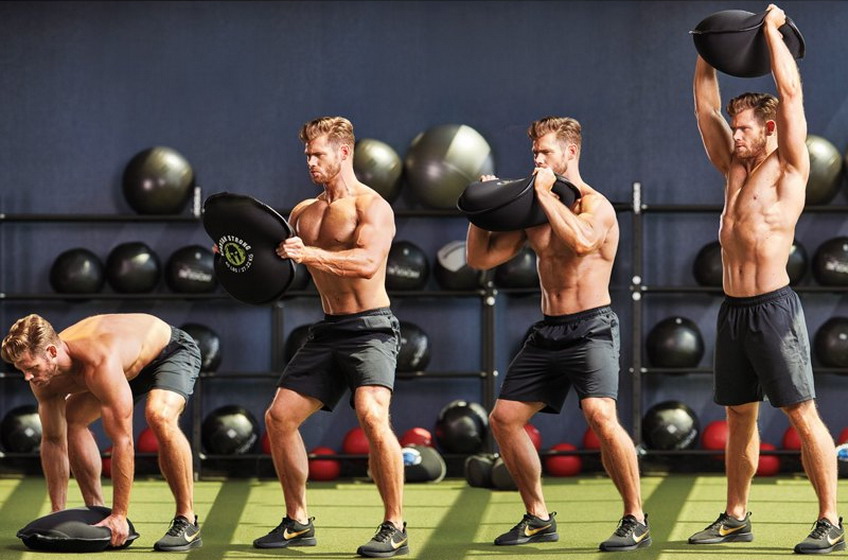
First and foremost, you must lift heavy objects from the ground up to the overhead position. This is probably the best overall movement for the whole body in all aspects and among many other benefits, it will build a good posture for sure. Ideally, you would do it in Olympic weightlifting style, but no worries if you can’t copy such complicated motoric pattern. There is no need to waste your time on learning correct technique and seeking technical perfection, because you won’t compete in the Olympics. Just choose some very light object, slowly pick it up from the ground and lift it to the overhead position and hold it there for a few moments, with straight vertical arms. Then slowly put the object back down to the ground. Repeat this lift several times and do several sets in each training session, several times a week. As far as the object, it could be a medicine ball, a sandbag, a wooden log, a barbell or whatever. To build strength, progress slowly from light objects to heavier ones. Lift in style that feels comfortable to you personally and over time, the Nature will take care of improvements in technique. At the beginning, the movement may look clumsy and that’s ok, but later on, when you grease the groove and become familiar with the movement, try to copy Olympic weightlifters. Their technique will enable lifting of heavier weights. If one day you manage to lift half of the bodyweight to overhead position - then kudos to you!
Anti-Slouching Exercise No. 2
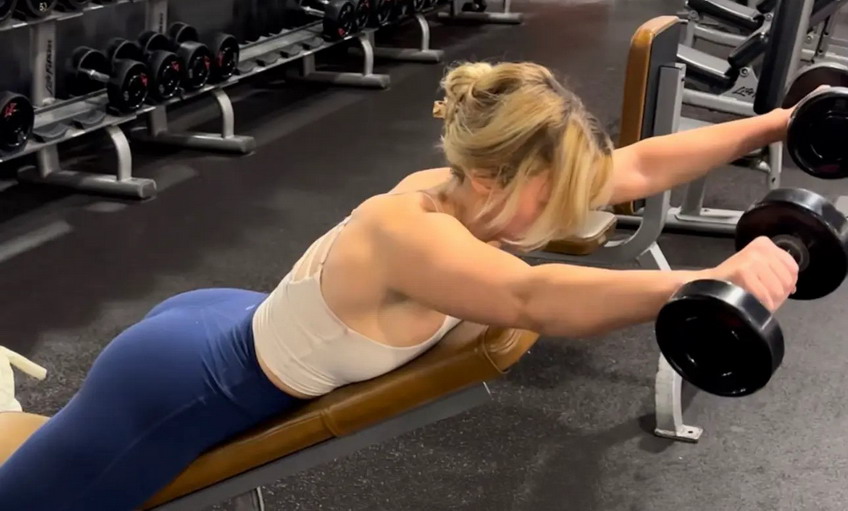
Y raises is an exercise which directly targets weaknesses at the neck and upper back region. You can perform it on 45 degree hyperextension bench or Roman chair, but if there is anyone willing to hold your feet, then you can also do it on a Swiss ball, edge of the bed or on the floor with pillows tucked under your hips. Lie down on your stomach, take a pair of light dumbbells and lift them forward and up to form a Y shape. Hold it for a short moment while squeezing your back muscles hard, then repeat. If you don’t have dumbbells, use water bottles. Alternatively, do it lying on the floor: lie down on your back and spread arms to form a Y shape. Lift your shoulder blades off the floor while supporting the body on glutes, back of the head and back side of your hands. This variation involves neck muscles to a higher degree, which is very beneficial for solving hunch back problem. Do several reps in several sets, several times a week.
Anti-Slouching Exercise No. 3
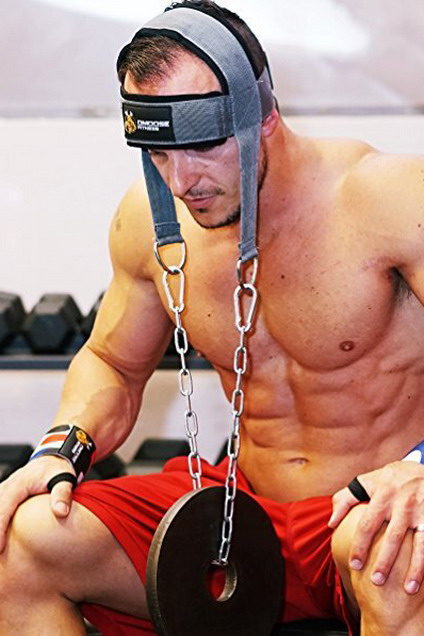
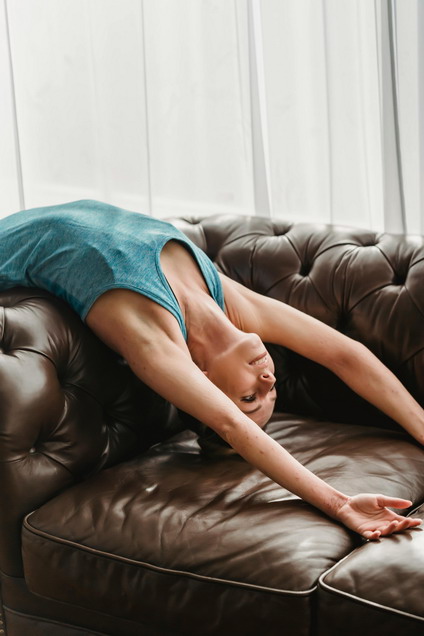
Third exercise is an isolation exercise for strengthening neck muscles by lifting weight with thing called head harness (or neck harness). When you put it on your head, the attached weight will hang in front of your body. Bend your neck forward until your upper body gets a form of a question mark symbol (”?”). Then lift the weight by lifting your head up and then proceed with bending your neck further backwards. Hold that position for a moment while squeezing neck muscles hard, then repeat the lift. Several times a week, do several sets of several reps.
Anti-Slouching Stretch
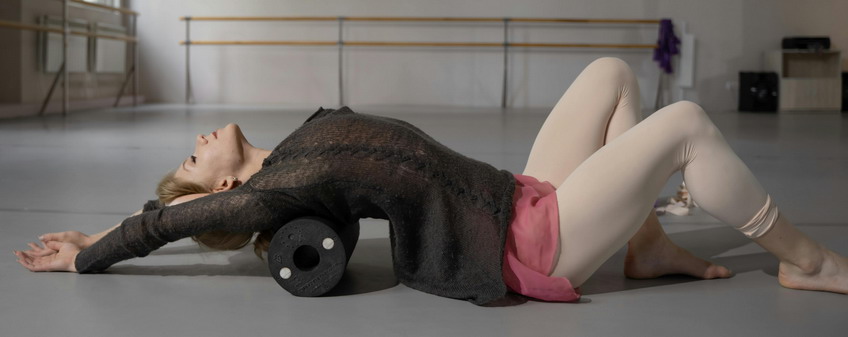
Exercises will not be as efficient as they could be, if you are inflexible and locked in hunchback posture. Reversing this anomaly will also require stretching muscles, tendons and ligaments on the front side of the body, so some form of thoracic extension will be mandatory. While there are many different numerous thoracic stretches, the best ones are those in which you can spend a lot of time without discomfort. Remember, you are trying to counteract negative effects of years spent sitting and starring into the screens of various devices (TV, computer, cellphone, etc.). Perfect stretch for this purpose is thoracic spine extension on a foam roller. Lie on the floor and place a foam roller under your upper back. Let your head and arms fall back to the floor. Spend as much time as possible in this position. Additionally, change the roller’s position up and down the spine to target different areas. More advanced way to perform the same stretch at a higher amplitude is to lie with your upper back on sofa’s armrest or on the edge of a bed, with head and arms hanging down towards the floor. Finally, proceed to the most advanced variant of the same stretch in style of dumbbell pullovers while lying sideways on the bench. Focus on holding the dumbbell as far back as possible for as long time as possible. Since this is a stretching exercise, there is no need to lift the dumbbell up, just hold the stretch.
Anti-Slouching Habit
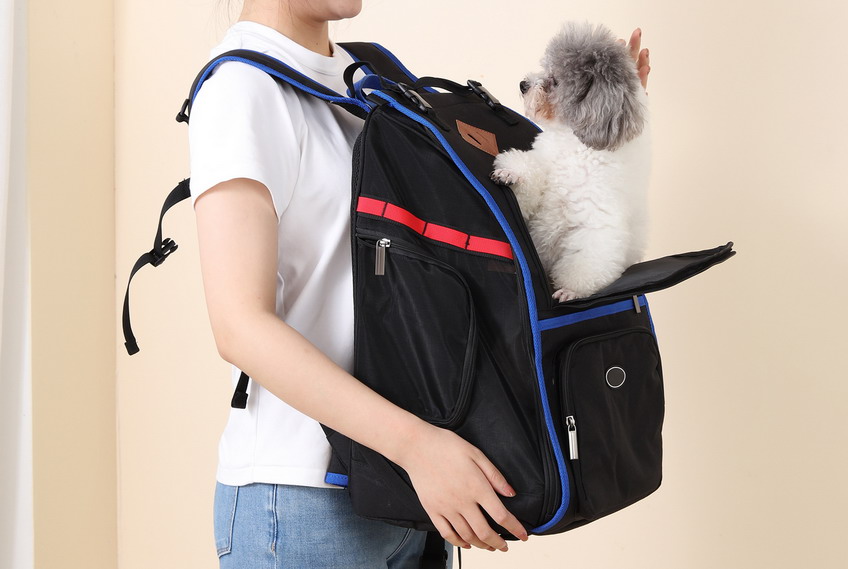
Here is a very beneficial habit for all-day-long application of forces that will strengthen the erectors and straighten the spine. Take an ordinary backpack and load it with a light weight. Instead of carrying it in regular fashion on the back, place it on the front side of your body, thus on your chest, so the backpack will become a frontpack. It is relatively comfortable to wear a backpack in this reversed manner, so muscles surrounding your spine will be active for a long time. Don’t forget to keep straight torso, head lifted up high and shoulders pulled back. For the start, take a short 10 minutes stroll 3 - 6 times a week and increase strolling time gradually. After a month of short strolls, you can start planning a longer mountain hike route with 5% - 10% of bodyweight in the frontpack. Whenever your back muscles become tired, move your backpack from the front side to the back side of the body and vice versa. If this style of wearing a back pack becomes your regular habit, there is no doubt that your back muscles will be sufficiently strong to hold your body straight. Beside, there are other benefits of wearing a backpack on the front side of the body. For example, thieves can not steal your backpack or things packed in the backpack, reaching inside on the move is easier and you won’t unintentionally hit people with the backpack on the crowded streets and in the buses.
Anti-Slouching Mentality
These 3 exercises, 1 simple stretch and 1 beneficial habit are all you need to reverse the most common modern day deformity - thoracic kyphosis. Be persistent and after a few months you should be able to notice some improvements in posture.
Finally, the most important thing is to be mentally focused on maintaining a good posture all the time. You must always think about holding your spine straight in standing and sitting positions. This is essential and crucial for achieving permanent correction of thoracic kyphosis. If you actively think about maintaining a good posture and force your muscles to hold your spine straight, it will eventually become normal to you and your slouching problem will be solved for good.
Add comment
Fill out the form below to add your own comments